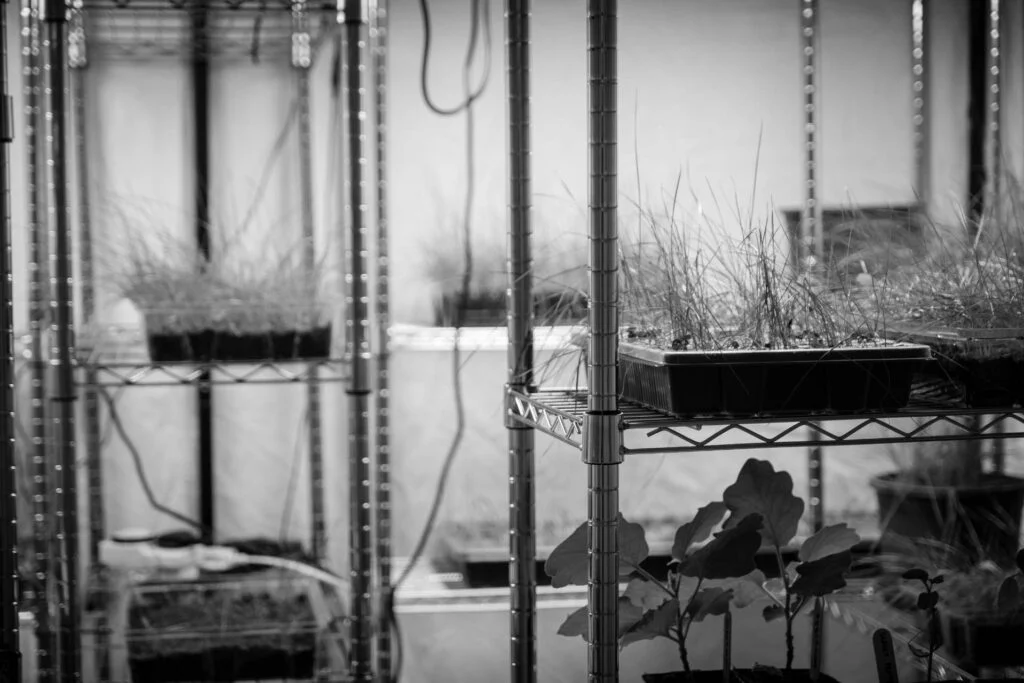The Difference

A RADICAL DISRUPTOR
We are different
With no requirement for strategic or hazardous rare-earth metals, green electricity or large amounts of water, our RiPR technology eliminates many of the challenges facing other methods. It also produces low levels of tars or contaminants and is adaptable to a wide range of biogenic feedstocks, including numerous waste products.
With four successful prototypes already having been built, our RiPR technology is more than a concept and has proven efficiency and scalability. We are planning our fifth prototype to be a commercial demonstrator – expected to come online in 2026.
How is Wild Hydrogen different?
Hydrogen technology is advancing at pace, but there are significant challenges facing many of the options. Clear Hydrogen eliminates a wide range of these by taking a radically different approach.
THE CARBON CYCLE
How would our hydrogen become carbon negative?
Carbon and hydrogen are the building blocks of all biogenic material. This carbon begins as carbon dioxide, is stored in biogenic material via photosynthesis, and then will eventually be released back into the atmosphere as this material decomposes or is burned.
The RiPR has the ability with a few additional steps to interrupt the carbon cycle by capturing the carbon dioxide in the syngas so that it can be used or stored. This is removed from the carbon cycle and, therefore, from the atmosphere.

A UNIQUE OPPORTUNITY
The future is clear
The global hydrogen market is expected to exceed £200 billion by 2030, with the vast majority of this demand currently met from natural gas using established steam-methane-reforming technology. We have the opportunity to contribute significantly in meeting this growth in demand.
